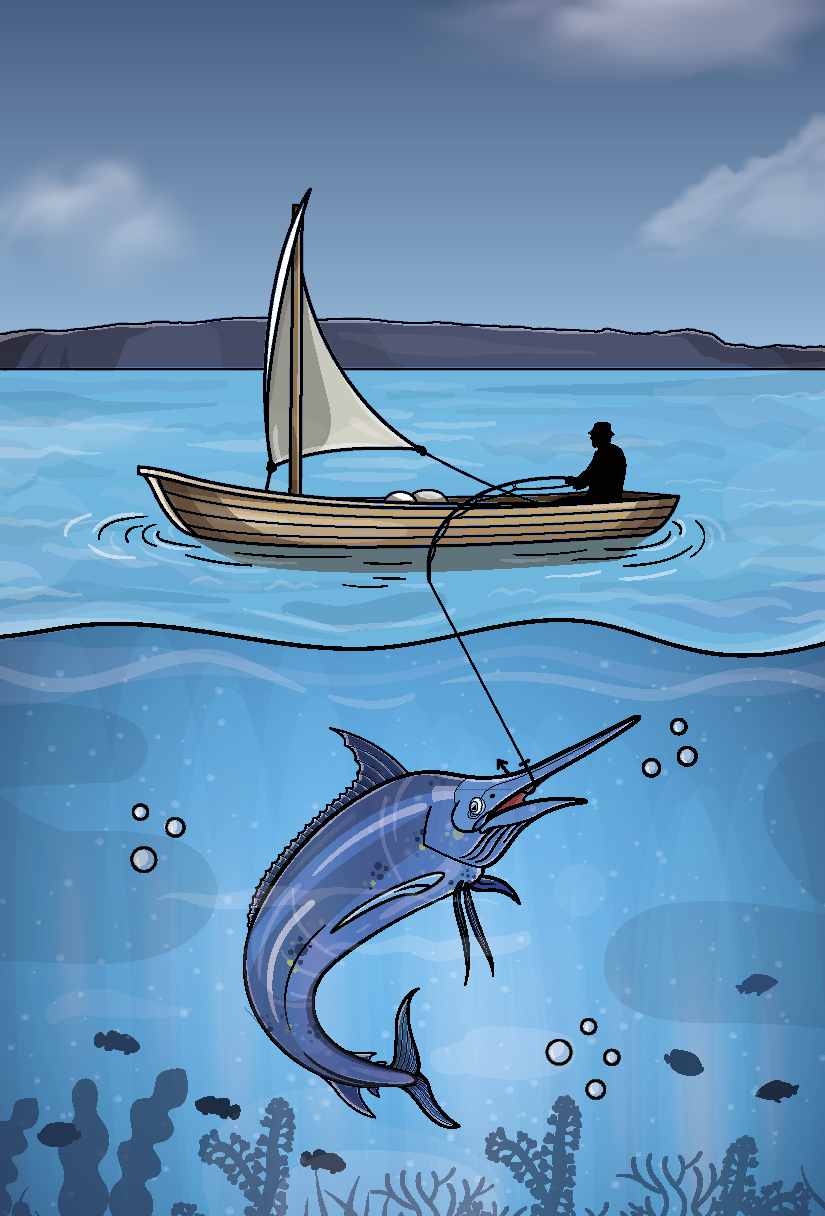The 1845 Tiny Home Craze
Henry David Thoreau’s Walden
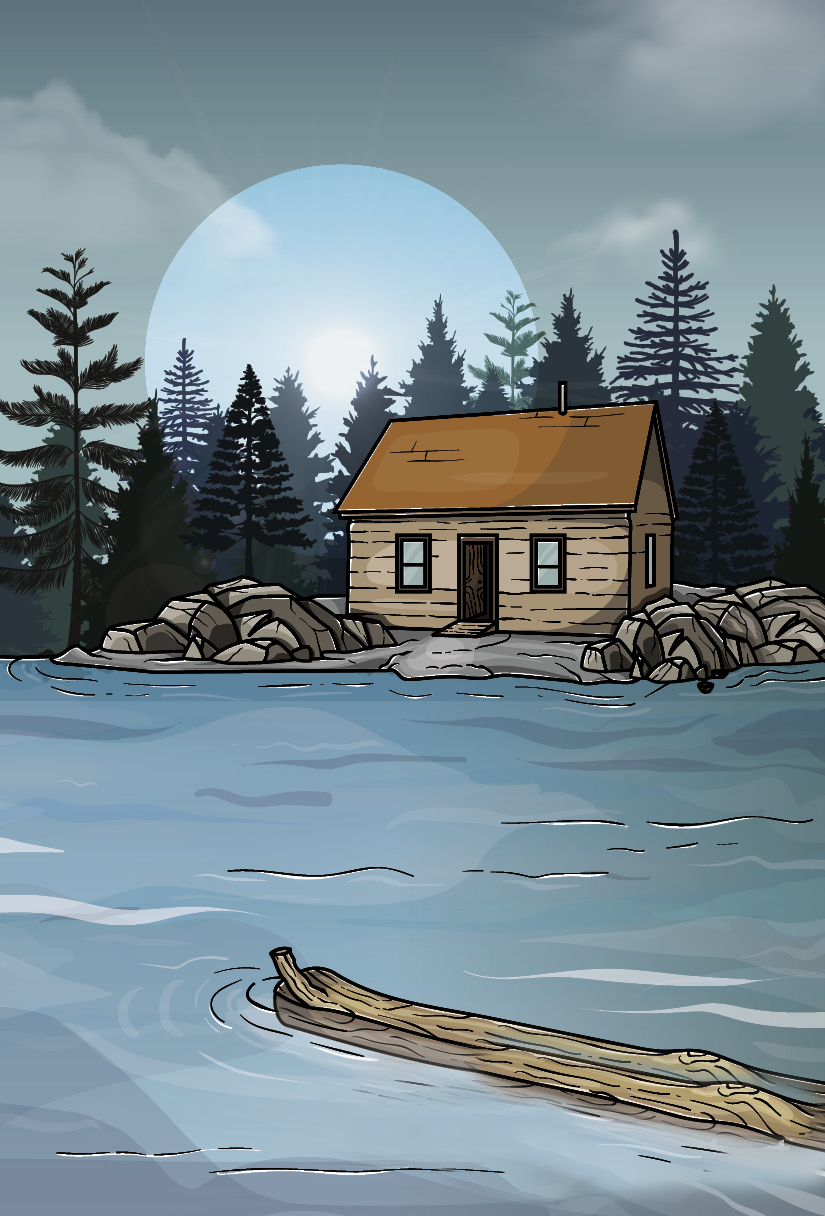
Do you feel overwhelmed by the pace of modern life? Maybe it’s a good time to go off the grid. Build a tiny home using recycled materials, set up a nice vegetable patch – just enough to become self-sufficient – and live the simple life. And why not? Society is far too consumerist, people are slaves to their incomes, and the rate at which technology is advancing means people are living out-of-sync with nature. Have you heard about those new iron horses – I think the technical name is a “train” – that travel at 30 miles per hour? Unthinkable! Life in 1845 keeps moving faster and faster.
To readers today, 1845 must seem like the “good old days.” But to Henry David Thoreau, and his fellow Transcendentalists, it was anything but. Centuries ahead of his time, Thoreau saw humankind’s rapid expansion as a threat to the natural pace and order of life. And so, he made his escape. Thoreau took himself out of the rat race and spent two years living in a simple, lakeside cabin just outside his native Concord, Massachusetts, US. What he discovered there, he shared with the world in his classic novel Walden; or, Life in the Woods.
What It’s About
On July 4, 1845, Henry David Thoreau moves into a self-built cabin at Walden Pond near his hometown to live the simple life, spurning the luxuries of civilized society. For two years, he grows crops on a small piece of land; observes plants and animals; and reflects on one’s purpose in life, divinity in nature and humans’ role on Earth.
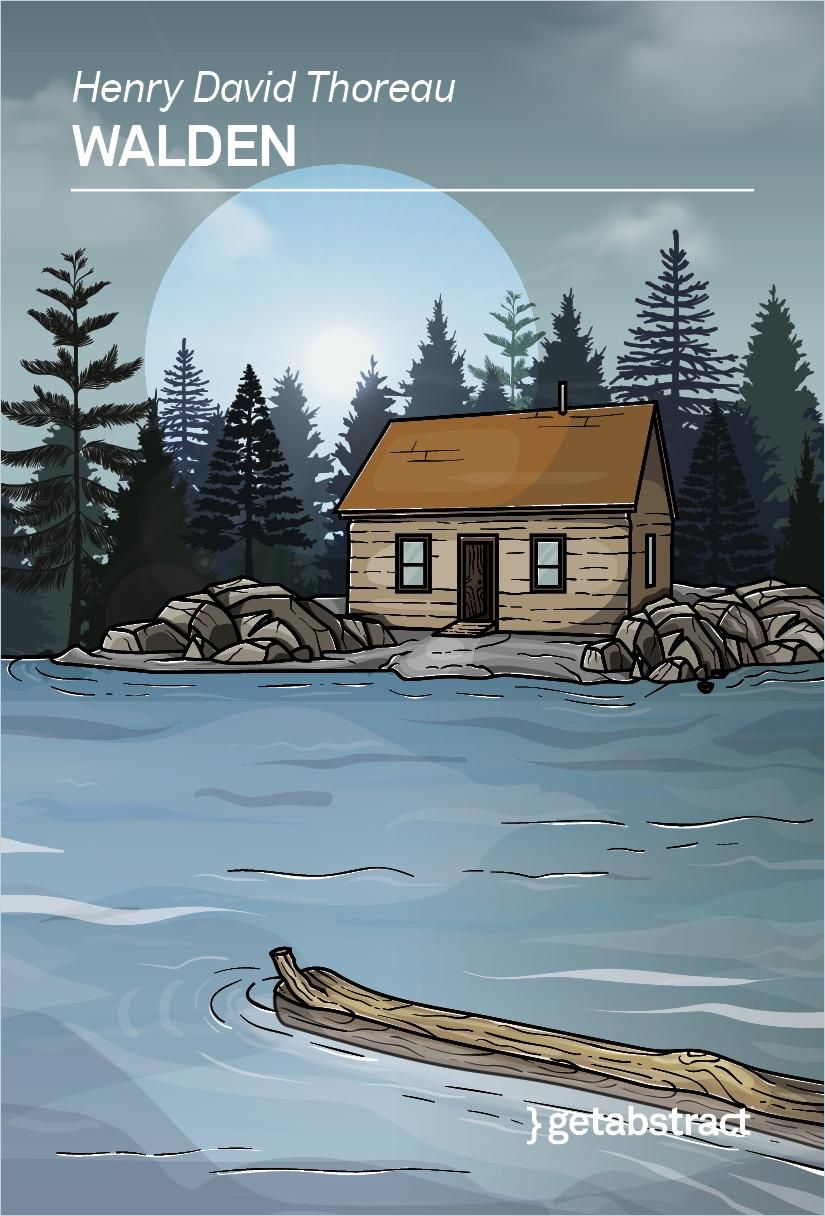
Three Life Lessons
1. Take Pleasure in the Work of Life
Thoreau believed that building your own home would make you sing with joy, the way a bird warbles as it constructs its nest. And while smacking your thumb with a hammer might make you belt out a pretty tune, some truth may lay in his argument. By ever outsourcing the work of our lives, we box ourselves in to ever smaller abilities: principally, our jobs and setting up Netflix accounts.
While you may not want to begin your foray into self-sufficiency with major construction (building codes these days are a nightmare), start with something smaller: fix a broken railing, change a flat tire or bake your daily bread.
2. Learn to Love Being Alone
Even in 1845, before anyone had dreamed of Facebook, WhatsApp or Instagram, Thoreau felt that the kind of interactions people had were superficial. Quick chats in line at the shop, meals eaten together with polite conversation repeated ritualistically, fireside chats governed by etiquette that prevents people from speaking their minds openly.
The same way one can be surrounded by people, and still be lonely, a person can also be alone and yet feel in great company. During the two years that Thoreau, self-described as “no hermit,” lived on Walden Pond, he learned to love being on his own much of the time. He saw himself as no different to the “dandelion in a pasture, or a bean leaf, or sorrel, or a horse-fly, or a bumble-bee.” In today’s great race to grow networks, attract followers and make friends, try taking a step back and learn to like yourself.
3. Simplify Your World
What, exactly, makes a life? Is it your job? Or your education? Is it saving for a new home, or a fancier car? Is it that vacation you’ve been planning? Or the dinners you rush through each night?
Thoreau felt the affairs of life numbered too high – too many things, too many appointments, too many responsibilities. He slashed at them until they were reduced to their simplest form. And so, he found by having less he had, in fact, much, much more. More time, more peace, more life. Today, you would call this minimalism. The idea is an old one, but sound as ever. Look at your life. What can you do without? What costs you more life than it gives? Slash. Reduce. Simplify. Live the life that counts.
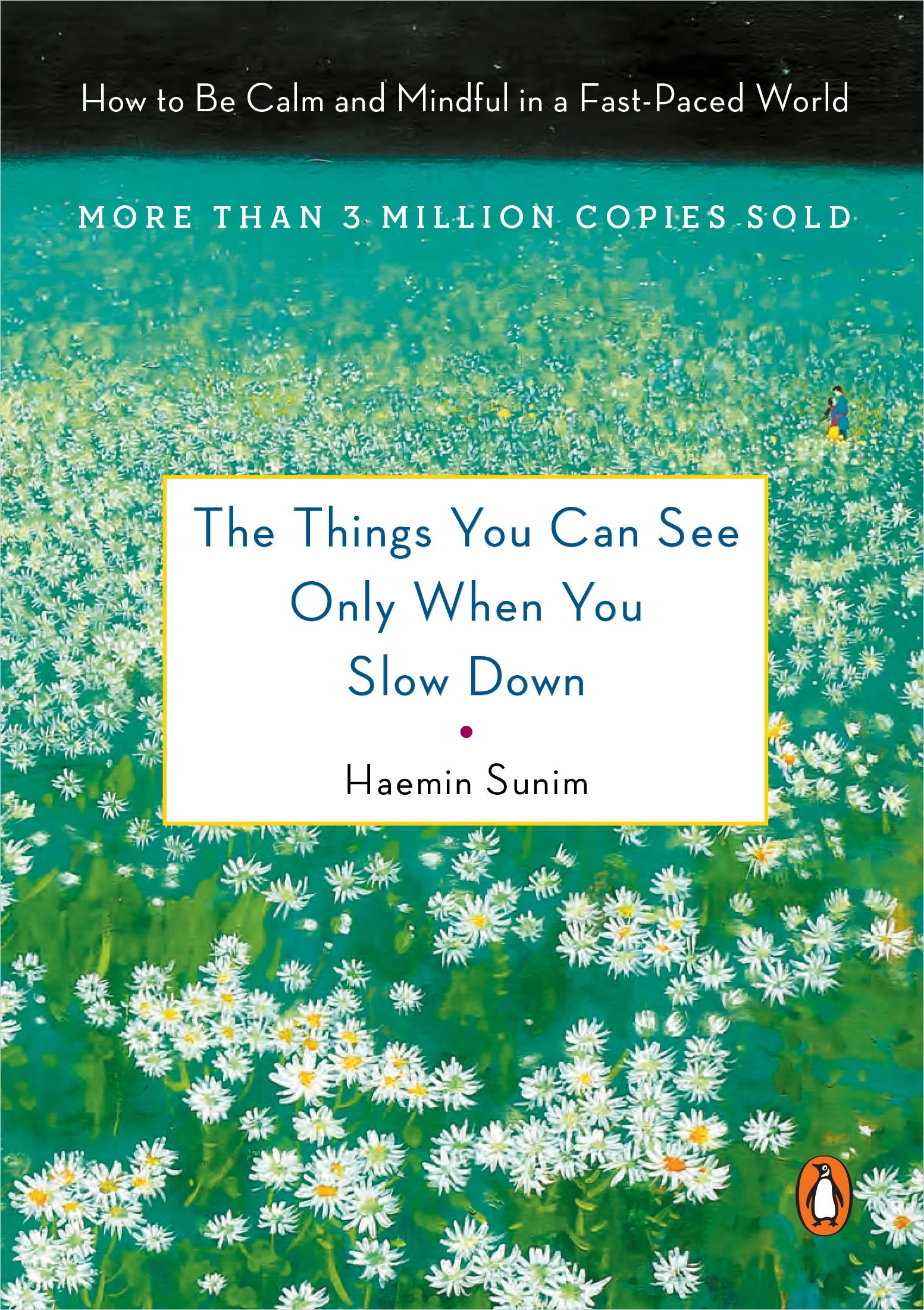
Before you begin googling “cheap rural land for sale,” it’s important to note that Thoreau lived on Walden Pond for two years, two months and two days – no more. This wasn’t because his experiment failed, but because he planned it that way from the start. He wanted to live as many ways as life had to offer and felt, after a time, he’d had a complete taste of the simple life.
Such a monastic existence may be filled with its own kind of pleasures, but, like anything, has its downsides. It could become a bit repetitive, and dare one say, boring, after a time. A person cannot live on beans alone. Even Thoreau admitted that he was occasionally seized by a savage temptation to devour woodchucks raw.
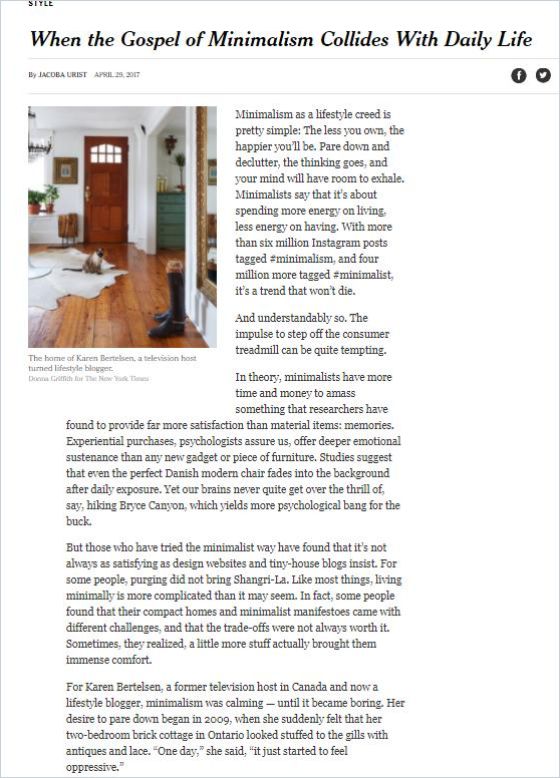
When the Gospel of Minimalism Collides with Daily Life
The New York TimesWhile it may not be realistic for everyone to escape the rat race for a secluded cabin (real estate like that comes with a hefty price tag, these days), it may be worthwhile to take some of the lessons Thoreau learned into one’s own heart. And, besides, I hear the new season of Stranger Things on Netflix is fabulous! Perhaps it’s possible to strike a healthy balance.
Thoreau says: Nothing. He’s alone, at peace with nature.
The fox says: Wait. What does the fox say?



